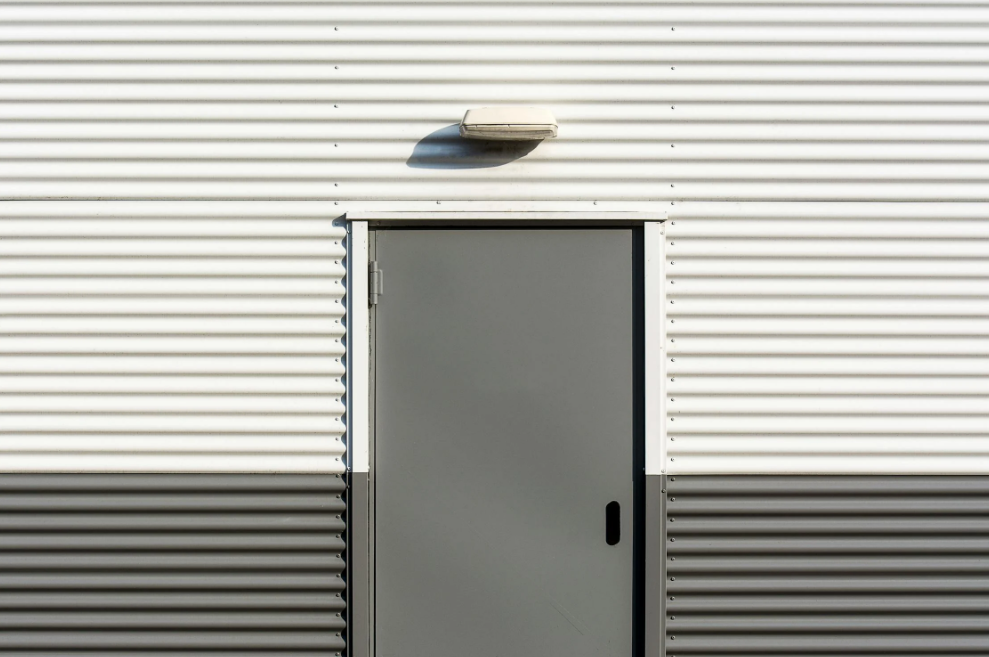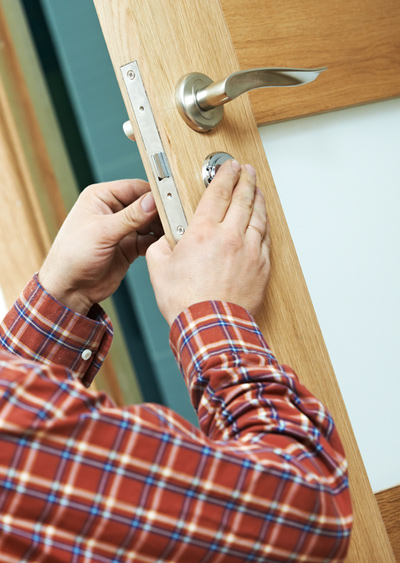Proximity readers are a popular choice among the options available due to their convenience, reliability, and efficiency. These readers utilize radio frequency identification (RFID) or near-field communication (NFC) technology to grant access to authorized individuals swiftly and securely.
Installing proximity readers effectively is crucial for ensuring the seamless operation of access control systems. Whether you’re a facilities manager, security professional, or a homeowner looking to bolster your property’s security, understanding the nuances of proximity reader installation is paramount.
This comprehensive manual explores the complexities of installing proximity readers, covering everything from initial planning to execution and troubleshooting. By the end, you’ll be equipped with the knowledge and insights to implement proximity readers effectively, bolstering your access control system and fortifying your security infrastructure.
Also Read: When Do I Need a Locksmith to Change My Locks
Installation Intricacies of Proximity Readers
Navigating the installation intricacies of proximity readers requires a meticulous understanding of technological nuances and physical placement considerations. From selecting optimal mounting locations to configuring compatible access control systems, mastering these intricacies ensures seamless integration and reliable performance of proximity reader systems.
This guide explores vital factors and best practices to streamline the installation process and maximize the effectiveness of proximity access solutions.
Choosing the Right Equipment
Before diving into installation, ensure you have all the necessary equipment. It includes the proximity reader, compatible keycards or fobs, power supply, wiring, and your trusty surveillance camera kit. It’s crucial to ensure compatibility between your proximity reader and surveillance system for seamless integration.
Choose proximity readers with sturdy construction and weatherproofing for outdoor or harsh environments, ensuring durability and reliability.
Planning the Installation
Effective proximity reader installation hinges on thorough planning. Identify strategic locations near entry points, considering accessibility, visibility, and potential interference. To design an efficient installation plan, evaluate wiring infrastructure, power, and possible interference sources.
Understanding facility-specific security requirements and access control policies is crucial for configuring proximity readers appropriately. Meticulous planning, from initial assessment to final configuration, ensures practical safeguarding of premises and convenient, secure access for authorized personnel.
Installing the Proximity Reader
Now, let’s get our hands dirty (figuratively speaking). Begin by mounting the proximity reader securely onto the chosen surface using screws or adhesive, ensuring its level and stability. Next, connect the reader to the power supply according to the manufacturer’s instructions. Remember to test the reader to ensure it’s functioning properly before proceeding.
Finally, thorough installation documentation clarifies future maintenance and troubleshooting, establishing a foundation for reliable and effective proximity reader functionality.
Also read: Proximity Reader: Everything You Need to Know
Integrating with Surveillance Camera Kits
Integrating proximity readers with surveillance camera kits enhances security through real-time monitoring and recording of access events. Synchronization allows seamless identification and authentication, aiding prompt responses to suspicious activities. This scalable solution accommodates diverse environments, optimizing security infrastructure for enhanced protection of assets and personnel.
Testing and Calibration
Testing and calibration are essential in proximity reader installation, ensuring precise functionality and security. Technicians verify detection accuracy, sensitivity, and compatibility during testing. Calibration fine-tunes settings to minimize errors and optimize performance for the environment. These steps ensure reliable access control systems, enhancing security against unauthorized entry.
Ready to Upgrade Your Access Control System?
Follow our guidelines mentioned in this blog to bolster the security of your area. Remember, proper installation and integration are crucial for maximizing the effectiveness of your access control system. So, pat yourself on the back and rest easy knowing you’ve taken proactive measures to safeguard what matters most. Until next time, stay safe and secure!
Please don’t settle for subpar installation when it comes to your security. Trust the professionals to deliver unparalleled service and results. Contact iGuard Locksmith today to schedule your Proximity Reader Installation and take the first step toward fortified access control.




